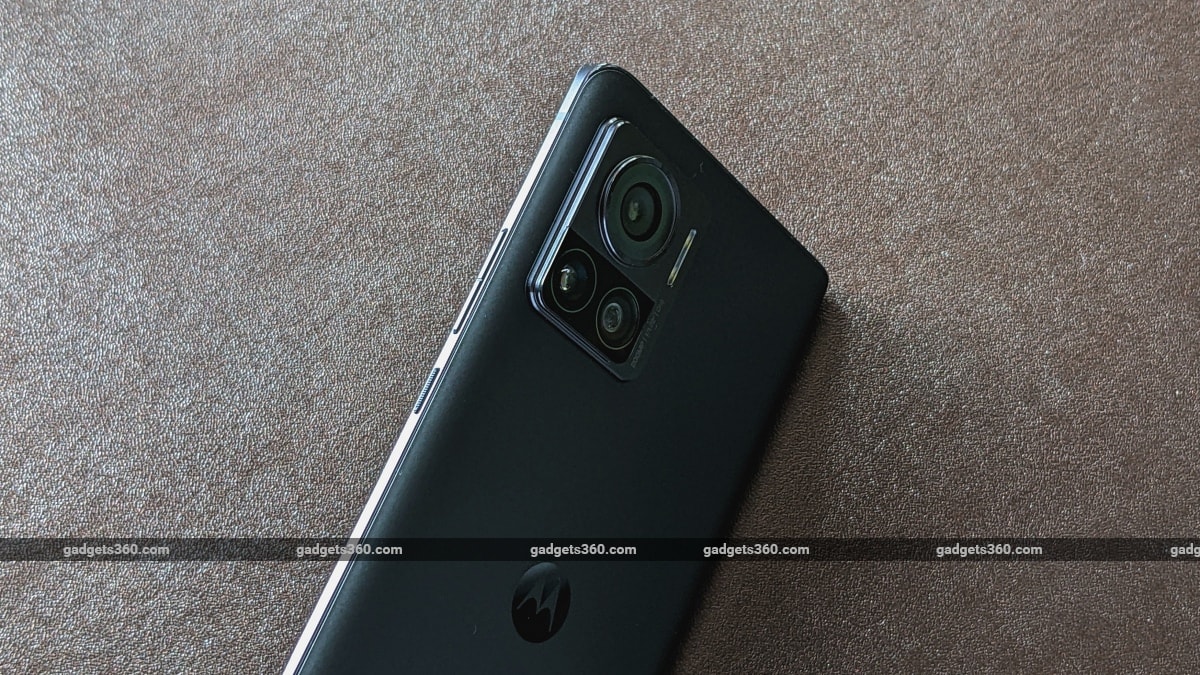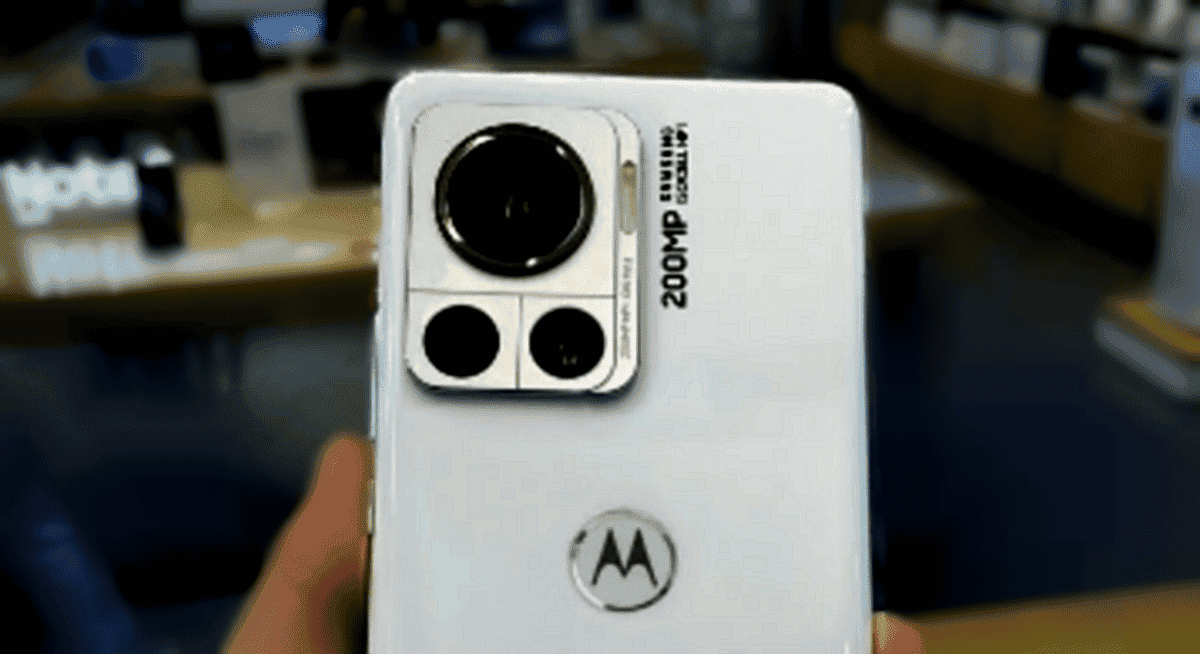
Some games we tried ran at 120Hz while others at 60Hz, despite the fact that we know these titles can render at above 60fps. The automatic refresh rate switching mode isn't quite as reliable when it comes to gaming - just as we observed on the Edge 30 Fusion. It's worth noting that the Edge 30 Ultra is more than happy to maintain 120Hz in a browser when there's moving content there - it's not something that you can count on from every phone. It doesn't work for 24/48fps videos, for what that's worth. The 48Hz mode could be reserved for the Always-on display, but refresh rate readings aren't reliable, so we can't confirm.
#Motorola edge 30 ultra software
It also didn't appear to trigger 48Hz in our experience, even though it should be able to according to our software that reads into Android's internals.

It won't go as high as 144Hz - you need to be in the 144Hz mode for that. The Auto mode is a bit more complex and will switch between 120, 90, and 60Hz, based on what's being displayed on the phone or how you're interacting with it. The former two are really straightforward - the phone is simply set to a static 60Hz or 144Hz, and that's that. Just as we observed on the Edge 30 Fusion most recently, the Edge 30 Ultra has three modes for refresh rate - 60Hz, 144Hz, and Auto. Netflix wouldn't cooperate, but we imagine it's a matter of time for the streaming platform to whitelist the model. The Edge 30 Ultra offers HDR10+ support, and we got HDR streams from YouTube and Amazon Prime Video. On a more positive note, the Natural mode is very well tuned for sRGB content and for our set of test swatches, we got an average dE2000 of 2.2, and but the faintest green tinge in the whites. The 2 out of 3 warm setting shifts things to green now and is about as bad as the default setting, while the warmest option makes things properly bad with an even heavier yellowish-green tint. Nudging the temperature slider one notch (out of 3) towards warm lowers the white's deviation to 4 units (still cold), and improves the average as well.

The default Saturated mode does offer a wide color gamut, but its white point is somewhat heavily shifted towards blue (dE2000 is around 9).

It's not quite as rosy when it comes to color reproduction - it's rather blue, in fact. The 499nits we got when operating the slider manually are more or less par for the course. We'd call that an excellent value and one that only Samsung's latest can beat by a meaningful margin. In our standardized testing, we got a maximum brightness of 1047 nits with the adaptive toggle turned on and the phone in bright ambient conditions. Motorola mentions a peak brightness of 1250nits, and we gather that's for small patches of white in HDR applications. Dubbed 'Endless Edge Display', the curved OLED panel measures 6.67 inches in diagonal and has a 1,080x2,400px resolution (20:9 aspect, 394ppi density). The Edge 30 Ultra outdoes the competition in at least one aspect of its display capabilities and it's refresh rate - as is common with fancier Motos, this one supports up to 144Hz refresh rate, while non-gaming alternatives are almost universally capped at 120Hz.


 0 kommentar(er)
0 kommentar(er)
